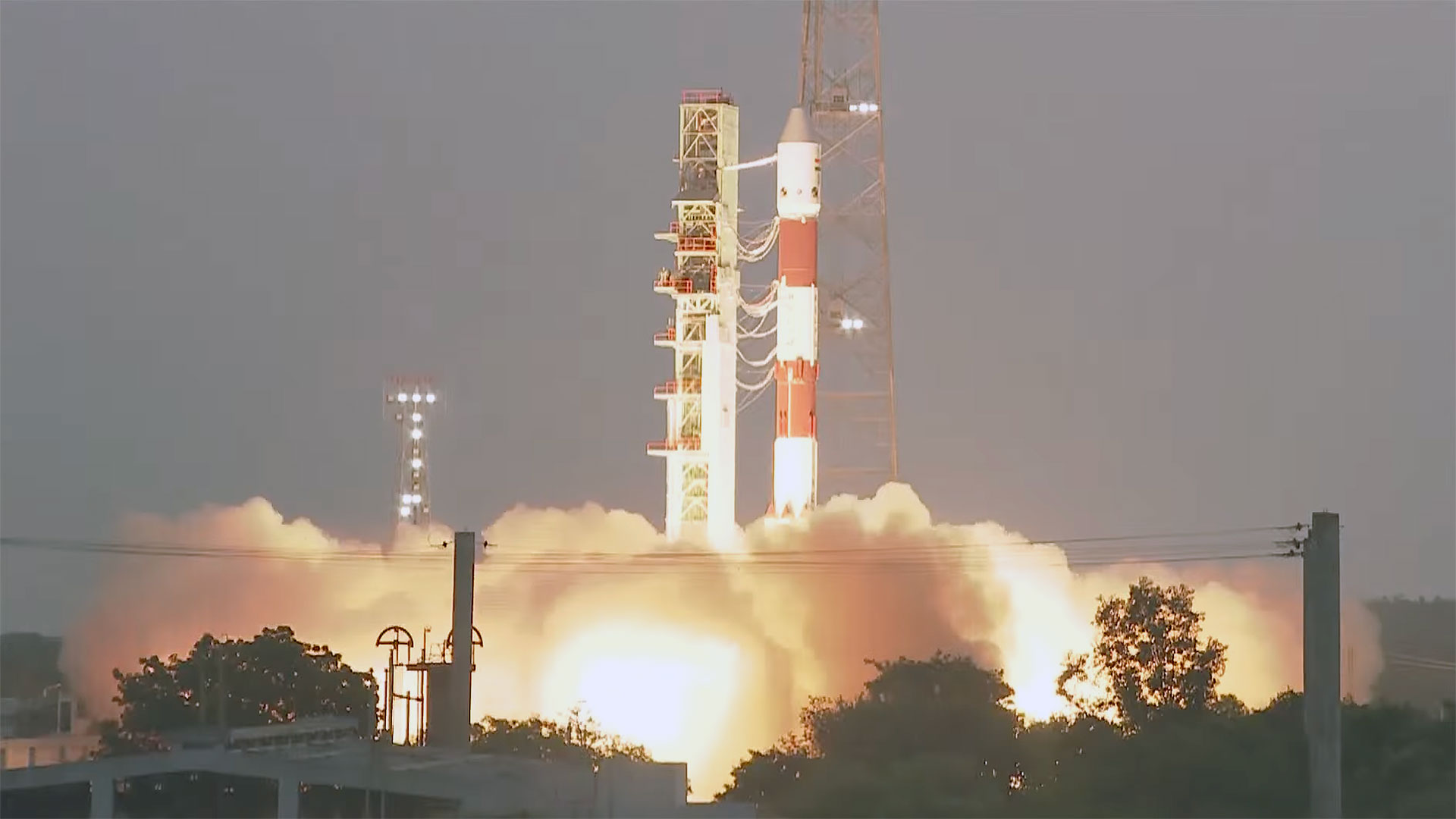Astronauts to Dock at Space Station Today
HOUSTON — Seven astronauts chasing the International Space Station (ISS) will catch up today, delivering a shiny new science module and a fresh crew member to the orbital outpost.
Led by commander Stephen Frick, the STS-122 crew of shuttle Atlantis expects to latch onto the space station around 12:25 p.m. EST (1725 GMT) and climb aboard about one hour later. The three astronauts living on the ISS said they are eagerly awaiting the space shuttle's arrival.
"We've really enjoyed training with them and being with them in Houston," said Expedition 16 flight engineer Dan Tani of Frick's crew on Friday. "It'll be a ball to have them up here in orbit."
STS-122 mission specialist Leopold Eyharts, a European Space Agency (ESA) astronaut, will swap places with Tani and live on board the orbital outpost until late March.
Aside from Eyharts, Atlantis is also delivering the ESA's 13.5-ton Columbus laboratory today. European space officials hail Columbus as their first dedicated orbital lab and will use the module for a variety of medical, physics, biological and materials science experiments for at least the next seven years.
Before Atlantis can deliver the space station's new room, however, it will have to close the gap between the two spacecraft.
Orbital rendezvous
The orbiter, now traveling more than 17,500 mph (28,200 kph), will fire its engines around 9:37 a.m. EST (1437 GMT) in a final push to meet the space station. When they rendezvous, Frick will maneuver the 100-ton orbiter into a back flip — called a Rendezvous Pitch Maneuver — beneath the space station so that its crew can photograph the shuttle's heat shield.
Get the Space.com Newsletter
Breaking space news, the latest updates on rocket launches, skywatching events and more!
"We kick off this flip maneuver and we see the station rapidly move over the nose [of Atlantis], then a couple minutes later rise over the tail almost like a sunrise," Frick said in a NASA interview. "We have the easy part. The ground — has the hard part, which is many hours of analyzing all that photography to look for the smallest defects."
Mission managers said Friday the heat-resistant tiles of Atlantis' heat shield appear to be in good shape, but today's planned photographic inspection will decide whether or not to further examine the orbiter's underbelly.
"Right now we don't see any need for that, but of course we'll take a very close look," said John Shannon, deputy shuttle program manager, on Friday. He noted that video from Atlantis' solid rocket boosters (SRB), which were shed during launch, should also help track any source of potential damage to the space shuttle.
After the pitch maneuver, Frick will pull Atlantis in front of the space station, slowly back toward Harmony module and dock the orbiter onto a Pressurized Mating Adapter on the node. Frick and his crew were awakened for the docking day to the tune of "Powder Milk Biscuits," by the comedic radio show Prairie Home Companion.
"Thanks so much to my wonderful wife Jennifer for her little powder milk biscuits to wake up to in the morning," Frick said. He noted that his crew can't get any of them in space, "but we can still dream of some of the brown stains on the back that indicate freshness. We're looking forward to a great day of rendezvous today."
ISS commander Peggy Whitson, who celebrates her 48th birthday today, said she's especially looking forward to the arrival of Atlantis.
"My present is a new module," Whitson said of the Columbus lab. "I'm really looking forward to it."
NASA is broadcasting Atlantis' STS-122 mission live on NASA TV. Click here for SPACE.com's shuttle mission coverage and NASA TV feed.
Join our Space Forums to keep talking space on the latest missions, night sky and more! And if you have a news tip, correction or comment, let us know at: community@space.com.
Dave Mosher is currently a public relations executive at AST SpaceMobile, which aims to bring mobile broadband internet access to the half of humanity that currently lacks it. Before joining AST SpaceMobile, he was a senior correspondent at Insider and the online director at Popular Science. He has written for several news outlets in addition to Live Science and Space.com, including: Wired.com, National Geographic News, Scientific American, Simons Foundation and Discover Magazine.
